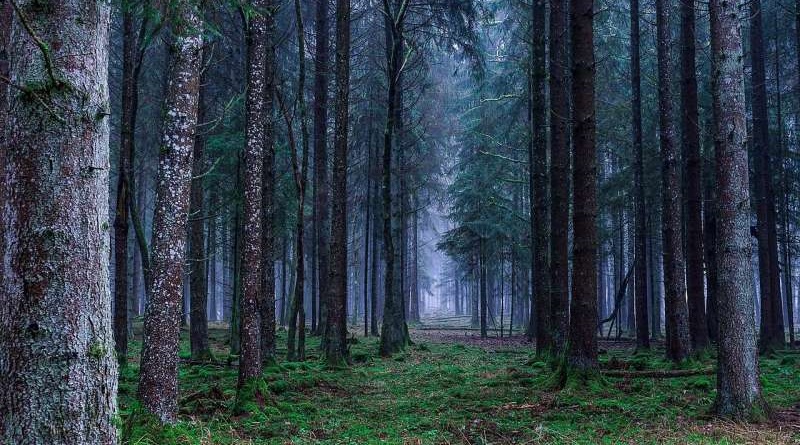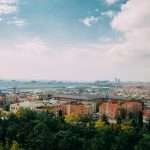Khudadov Forest — a forest situated on the left bank of the Mtkvari River in Tbilisi. Perched on a mountain slope in the northern part of the city, within the Nadzaladevi district, this forest holds historical significance. It was named in honor of Dr. Nikoloz Khudadov, a city council member who initiated the planting of this forest on state-owned land in 1893. Initially, the area was known as the Kukia Forestry and Cultural Village.
During the tumultuous period of the Russian Revolution in December 1905, Khudadov Forest became a notable gathering point for strikers. On December 16th, a large-scale protest against the government was organized here, escalating into a violent confrontation with the military two days later, on December 18th. This clash tragically resulted in the deaths of nine revolutionaries and left dozens injured. In recognition of these events, the Soviet government later established the “Cemetery of Revolution Victims” within the forest. The adjacent street was named “9 Brothers” to commemorate those who lost their lives in the 1905 uprising. An obelisk was erected in 1955 to honor their memory. The forest also became the final resting place for several prominent Bolsheviks, although they were not leading figures. For instance, Bolshevik Maro Bochoridze was interred here in 1930. In a significant historical gesture in 1989, the remains of Filipe Makharadze, Silibistro Todria, and Mikha Tskhakaya were reinterred here from the Mtatsminda Pantheon.
Unfortunately, the forest suffered considerable damage in the 1990s due to construction activities and the accumulation of various types of waste.





